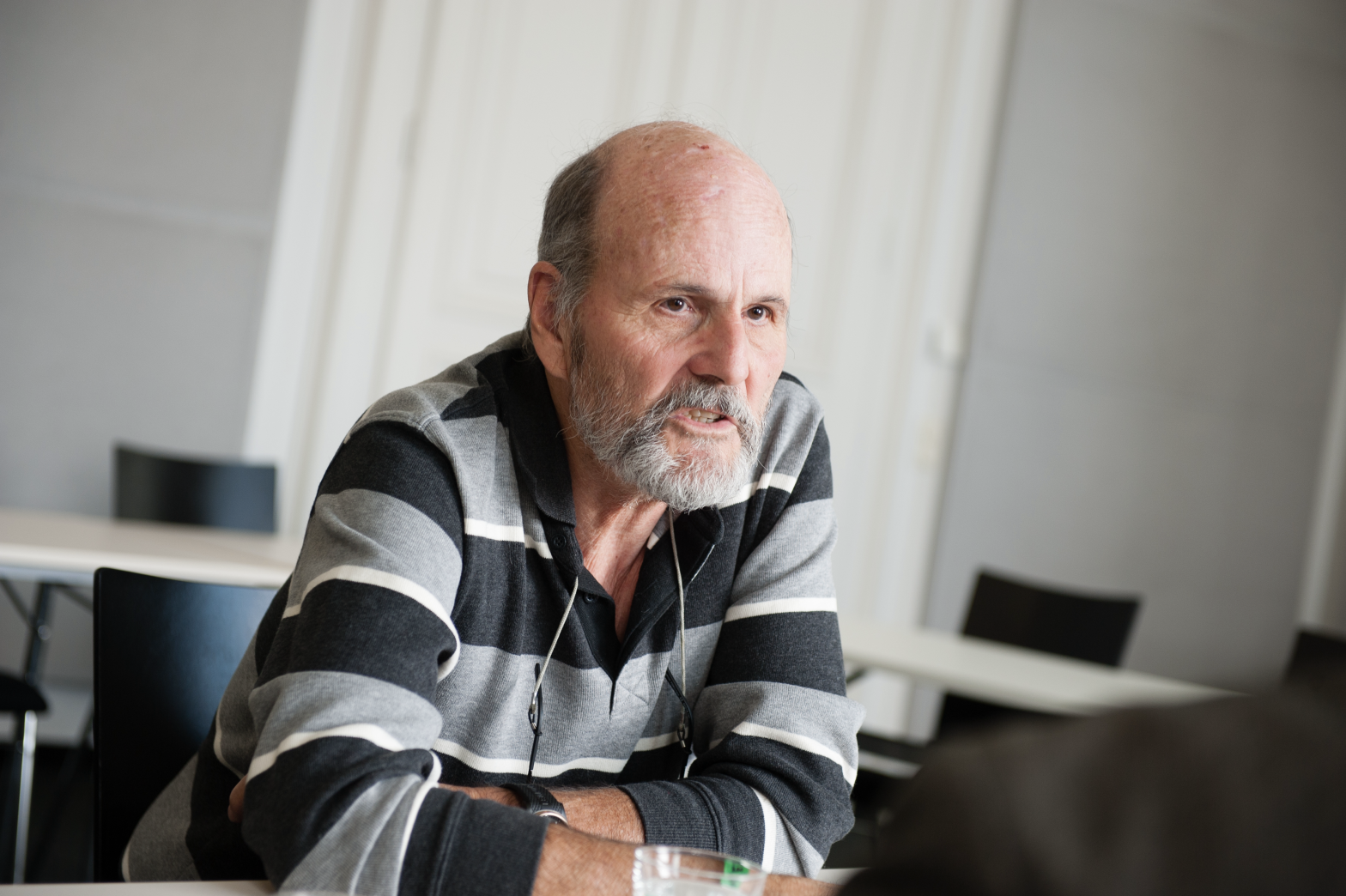Legal cannabis Cannabidiol (CBD) has brought record profits to sellers and frustration to the police. What triggered this CBD boom and what risks is it currently associated with? We discussed this with Swiss cannabis researcher Prof. Rudolf Brenneisen. Brenneisen worked as an external chemist and analyst for the US Drug Enforcement Administration (DEA) and was head of research groups in the Department of Clinical Research at the University of Bern from 1998 to 2014.
Key topics summarized:
- The uses of CBD and its therapeutic effects
- CBD was discriminated against as ineffective – only in vitro studies revealed the therapeutic potential of CBD
- CBD and epilepsy: The results of GW Pharmaceuticals’ latest epilepsy study are so promising that approval as a medicine is imminent in the USA
- CBD should be recognized as an active ingredient and available only in pharmacies
Cannabidiol is currently experiencing a boom. CBD is said to have therapeutic effects against epilepsy, anxiety disorders, sleep disorders, nausea, psychosis, depression, and according to laboratory tests, even cancer. What can be securely stated at present?
According to data from Swissmedic, potential therapeutic effects include antioxidative, anti-inflammatory, anticonvulsive, antiemetic, anxiolytic, hypnotic, and antipsychotic effects. According to Dr. Franjo Grotenhermen (Franjo Grotenhermen, Klaus Häußermann: Cannabis. Regulation assistance for physicians, Scientific Publishing Company 2017, note), the following uses are possible:
- Epilepsy, especially Dravet syndrome and Lennox-Gastaut syndrome
- Anxiety disorders
- Depression
- Schizophrenic psychoses
- Inflammations and inflammation-related pains
- Movement disorders such as dystonia and dyskinesia
- Nausea and vomiting
However, there are currently few controlled studies. Cannabis researcher and pharmacist Prof. Raphael Mechoulam, the discoverer of the endocannabinoid system of the nervous system, has listed facts from an in vitro study showing the neuroprotective effects of CBD in cerebral ischemia, type 1 diabetes, anxiety, rheumatoid arthritis, and cancer. His colleague Dr. Teresa Iuvone emphasized the therapeutic potential of CBD in neurodegenerative diseases such as Alzheimer’s, multiple sclerosis, and Parkinson’s, with the advantage of no psychotropic side effects.
In which indication do you currently see the greatest potential for cannabidiol – and is the current hype clinically justified?
The aggressive and falsely encouraging advertising and marketing of CBD as a medicine under the guise of “dietary supplement” or “lifestyle drug” is unprofessional. Many statements lack a scientific basis. Even scientifically insufficiently evaluated positive patient experience reports are problematic here and distort the picture. However, these patient experiences must not be ignored and should be an impetus for corresponding clinical studies. The hurdles, however, are funding and research collaborations. In my opinion, CBD as a niche player has a chance where established medicines fail.
GW Pharmaceuticals has shown positive results in clinical studies with children using medicines based on CBD extracts. CBD had a positive effect on certain forms of epilepsy such as Dravet syndrome and Lennox-Gastaut syndrome. Has the performance of CBD been underestimated?
Yes, because until a few years ago, CBD stood in the shadow of the active ingredient THC and was discriminated against as the pharmacologically ineffective main cannabinoid of fiber hemp. It was only in vitro studies that revealed the highly complex pharmacology and underestimated therapeutic potential of CBD. Responsible for this were of course the touching Charlotte’s story as well as the worldwide media and internet frenzy surrounding Rick Simpson oil.
In the hemp varieties Cannabis sativa and Cannabis indica, over 80 so-called cannabinoids can be found. One of these substances is cannabidiol, abbreviated as CBD. Unlike tetrahydrocannabinol (THC), CBD does not have a psychoactive and euphoric effect, but rather a calming effect.
While legal cannabis has a CBD content of 10 to 20 percent and a residual THC content of 0.3 to 0.7 percent, the THC content of intoxicating marijuana is 10 to 15 percent. Unlike CBD, THC is a psychoactive substance and represents the intoxicating component of the hemp plant. THC primarily activates specific binding sites on body cells, the so-called cannabinoid receptors. There are already valid clinical data on the effects of THC, while intensive research is currently being conducted on CBD.
Neither in Switzerland nor in any other country with comparable drug controls is a monopreparation with pure CBD approved. What risks are associated with CBD products?
Based on current clinical experience and pharmacological knowledge, the physical and psychological toxicity of CBD is very low. The FDA, the strictest drug authority in the world, would not have quasi-fast-tracked the study by GW Pharmaceuticals if this were not the case. There are also few observed side effects, even at very high therapeutic doses in the gram range.
In Germany, CBD is recognized as an active ingredient and is available only in pharmacies. Would this regulation also be advisable for other countries, and what is the situation in Switzerland?
In Switzerland, since 2017, not least because of the CBD hype, the use of CBD as a mono-substance in magistral preparations or formula drugs is no longer possible. The previous dispensing through pharmacies has been withdrawn – however, I consider this a mistake and an overreaction by the authorities to the CBD hype. An adjustment to the German legal situation would be particularly useful for those patients who are currently denied access to CBD magistral prescriptions.
CBD flowers are expensive because the years of development behind them are complex. High investment costs are necessary to develop genetically stable plants with large flowers, high CBD content, and low THC content. Will many producers be disappointed by the current “gold rush” in the end?
Even after the temporary ban on CBD as a medicine, there continue to be lucrative marketing opportunities, such as in the form of dietary supplements, foods, cosmetics, care products, tobacco substitute products like e-cigarette liquids, and fragrance oils. However, quality assurance by producers and suppliers is a conditio sine qua non. In Switzerland, according to the Narcotics Act, the sale of CBD-rich and THC-poor, i.e., containing approximately one percent total THC, cannabis is allowed and will dominate in terms of sales.

